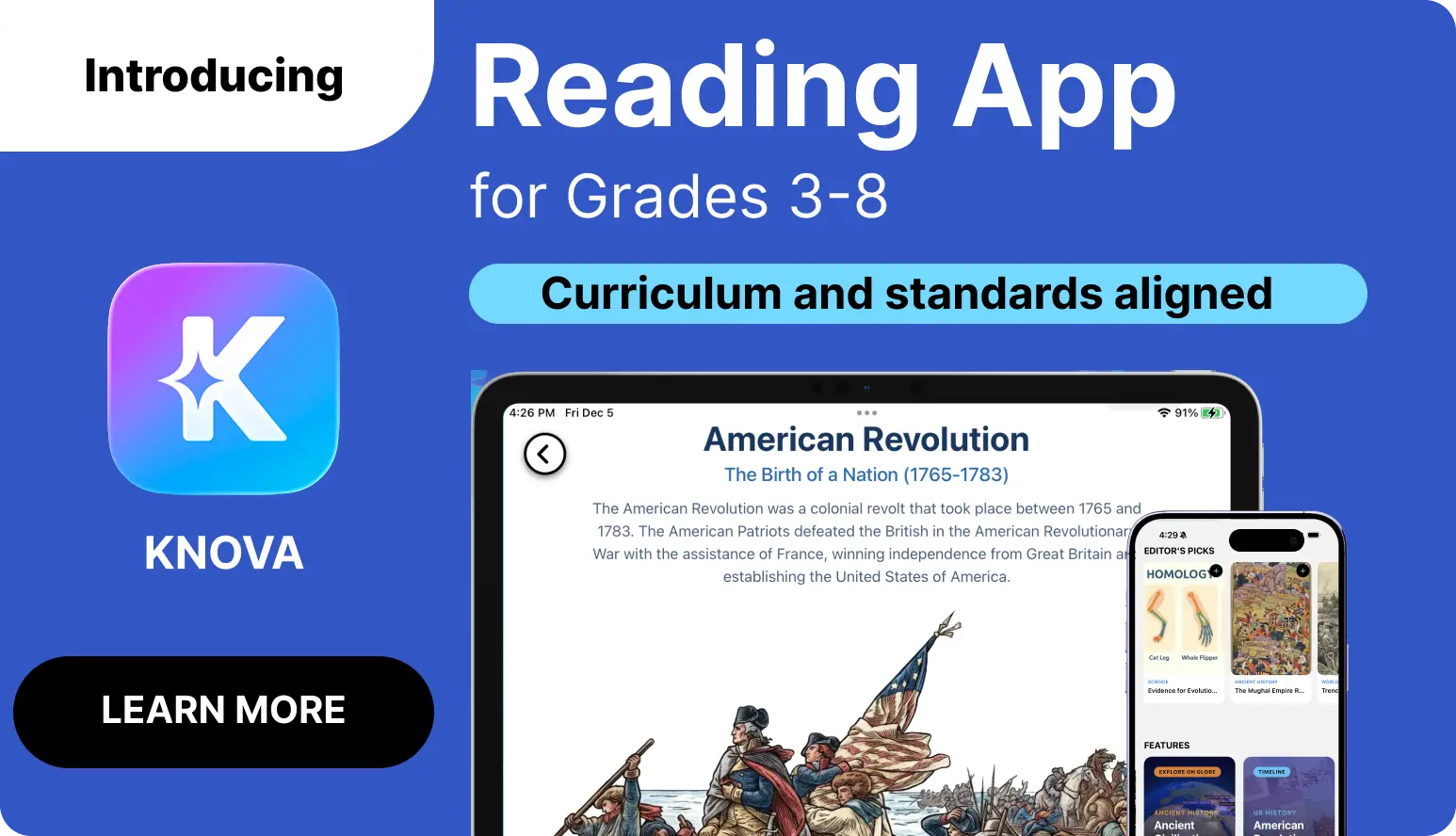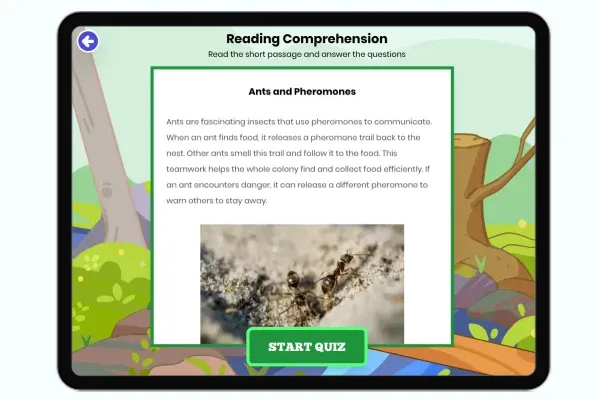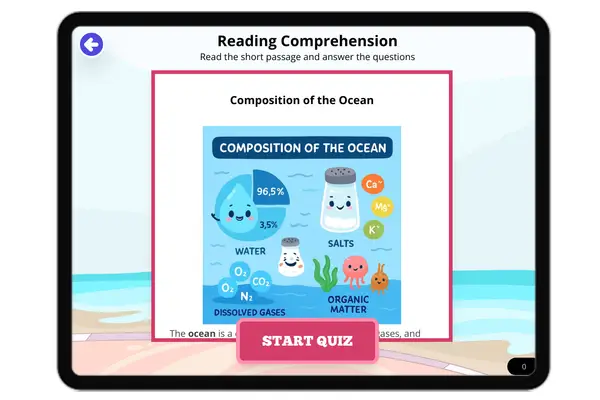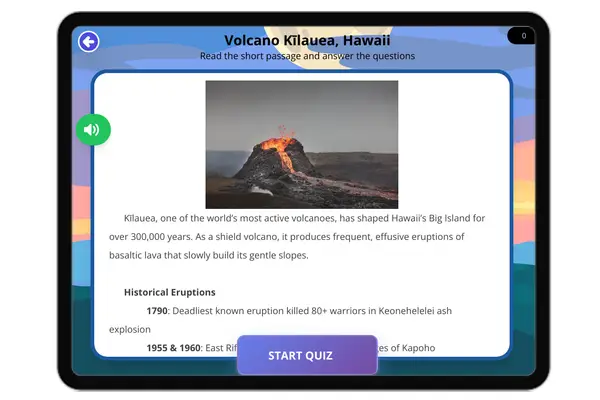Grade 5 Science Reading Comprehension Curriculum Resources
Explore science-related reading comprehension with our Science Reading Comprehension curriculum resources designed for young learners. Covering various science topics, these resources provide a comprehensive approach to understanding and interpreting science-related texts in an engaging and accessible format, improving overall reading proficiency and scientific knowledge.





















































